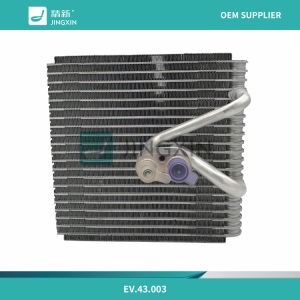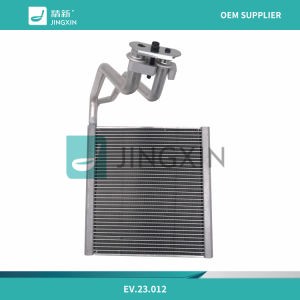Best Seller Cool Room Condenser and Evaporator Heat Exchanger
Product description
Direct heat source heating refers to the evaporation process of mixing fuel with air, causing the high-temperature flame and smoke generated by its combustion to be directly sprayed into the evaporated solution through a nozzle to heat the solution and vaporize the solvent.
Evaporators are divided into three types according to operating pressure: normal pressure, pressurized, and depressurized. According to the movement of the solution in the evaporator, it can be divided into: ① circulating type. Boiling solution passes through the heating surface multiple times in the heating chamber, such as central circulation tube type, hanging basket type, external heating type, Levin type, and forced circulation type One way type. The boiling solution passes through the heated surface in the heating chamber at once without circulating flow, and the concentrated solution is discharged, such as rising film, falling film, stirring film, and centrifugal film Direct contact type. The heating medium directly contacts the solution for heat transfer, such as an immersed combustion evaporator. During the operation of the evaporation device, a large amount of heating steam needs to be consumed. To save heating steam, a multi effect evaporation device and a steam recompression evaporator can be used. Evaporators are widely used in departments such as chemical and light industries.

The steam generated in the heating chamber contains a large amount of liquid foam, which can be separated from the steam through self condensation or the action of a defoamer when it reaches a larger evaporation chamber. Usually, the defoamer is located at the top of the evaporation chamber. Boiling evaporation: Heating a solution to its boiling point to evaporate in a boiling state. The evaporation operations in industry are basically of this type.




Recommended products




